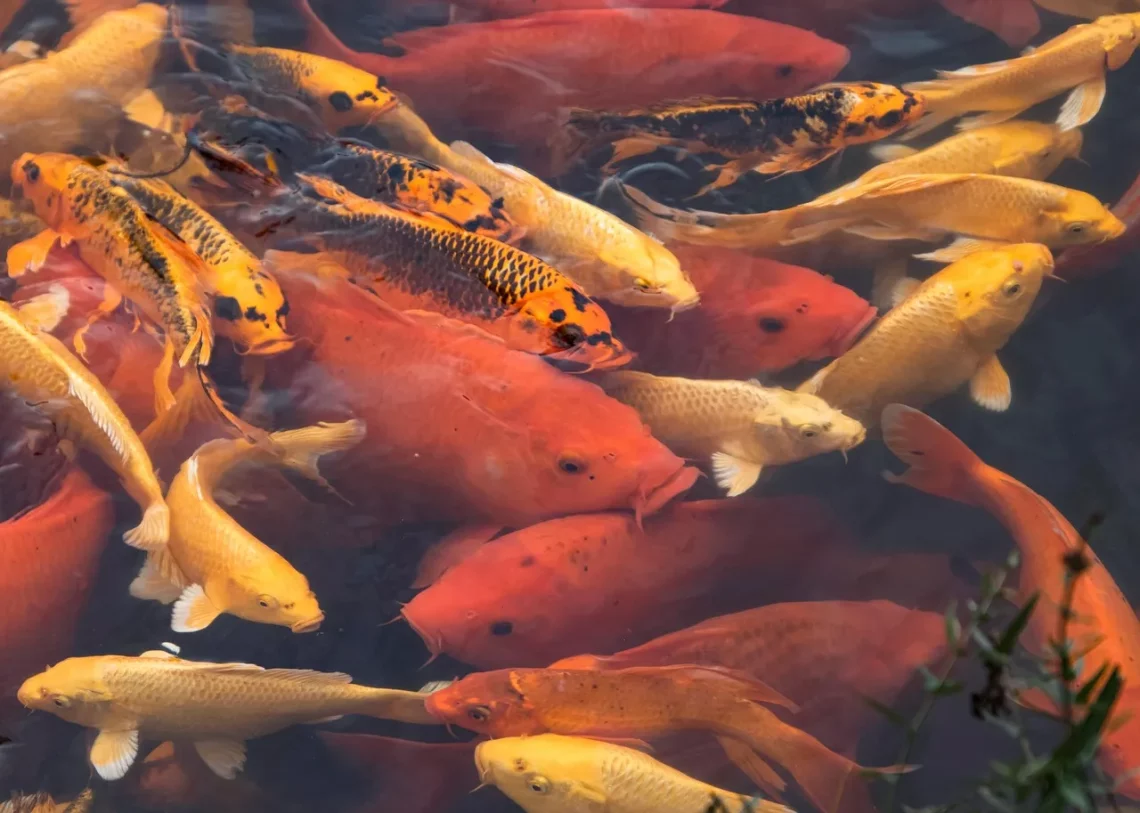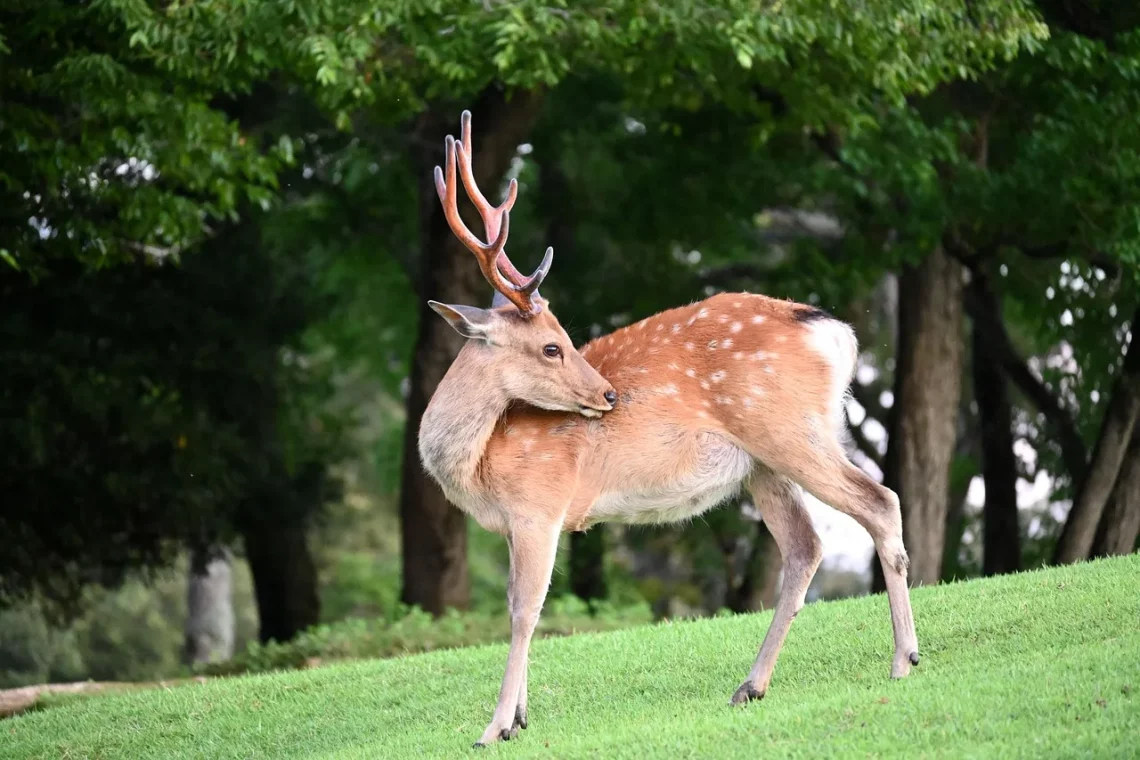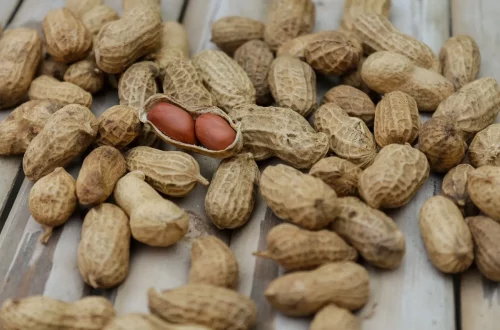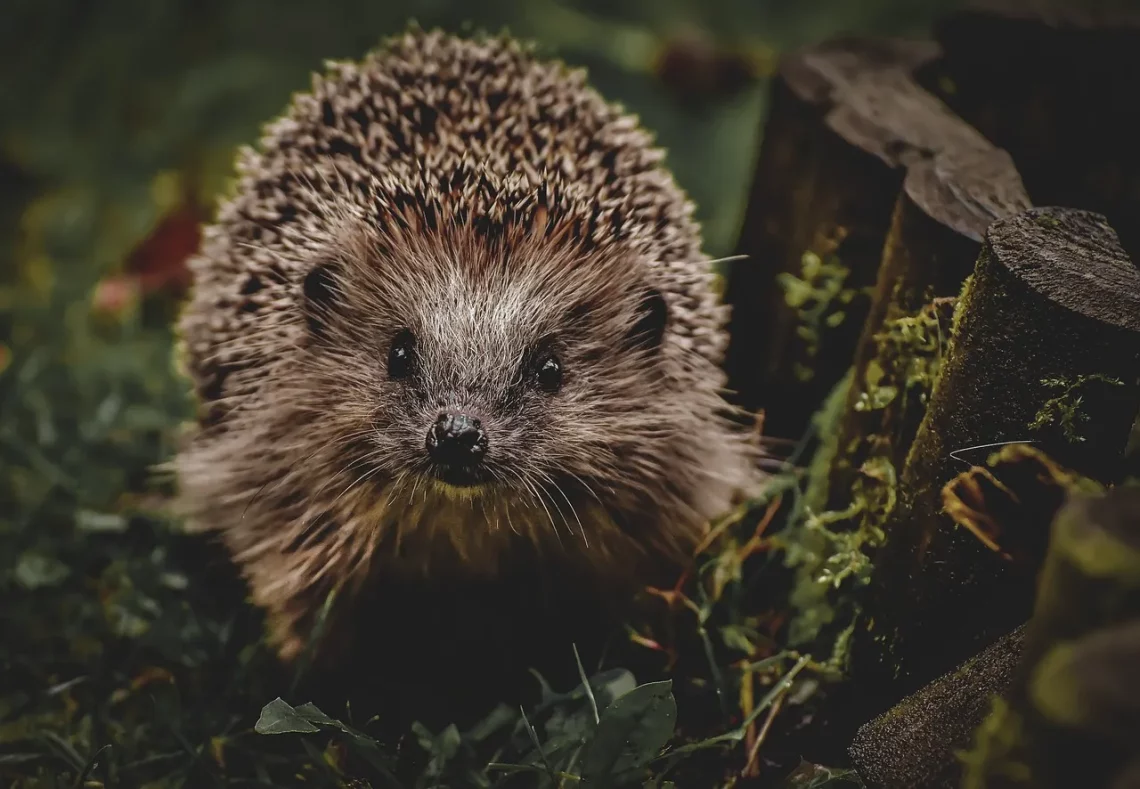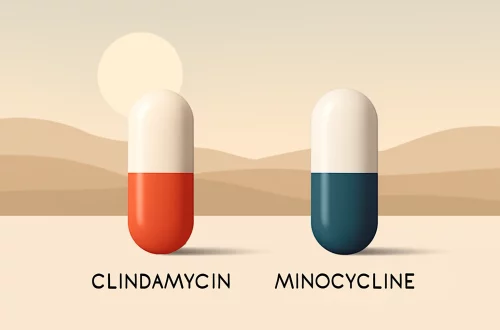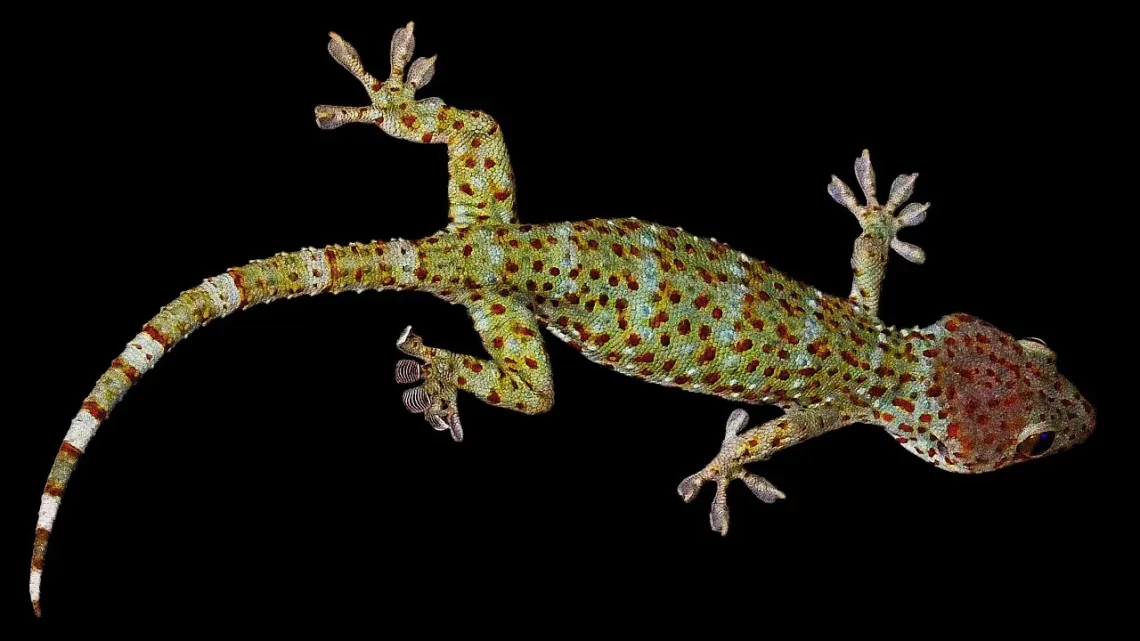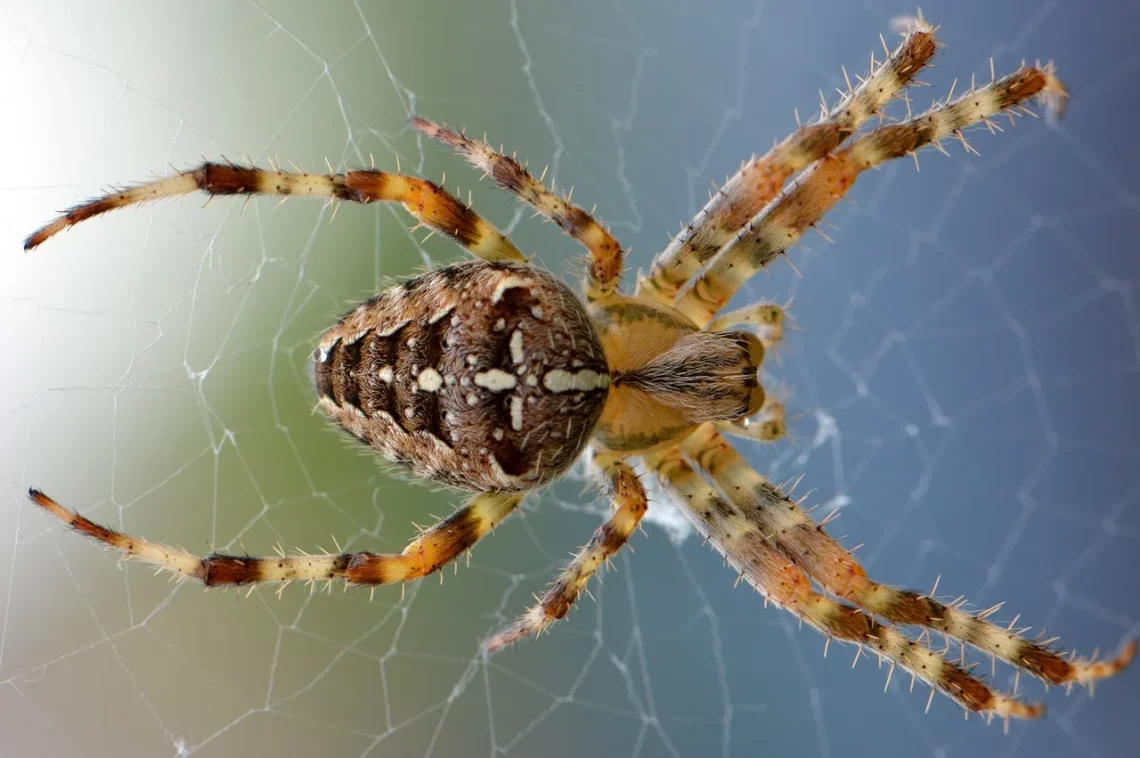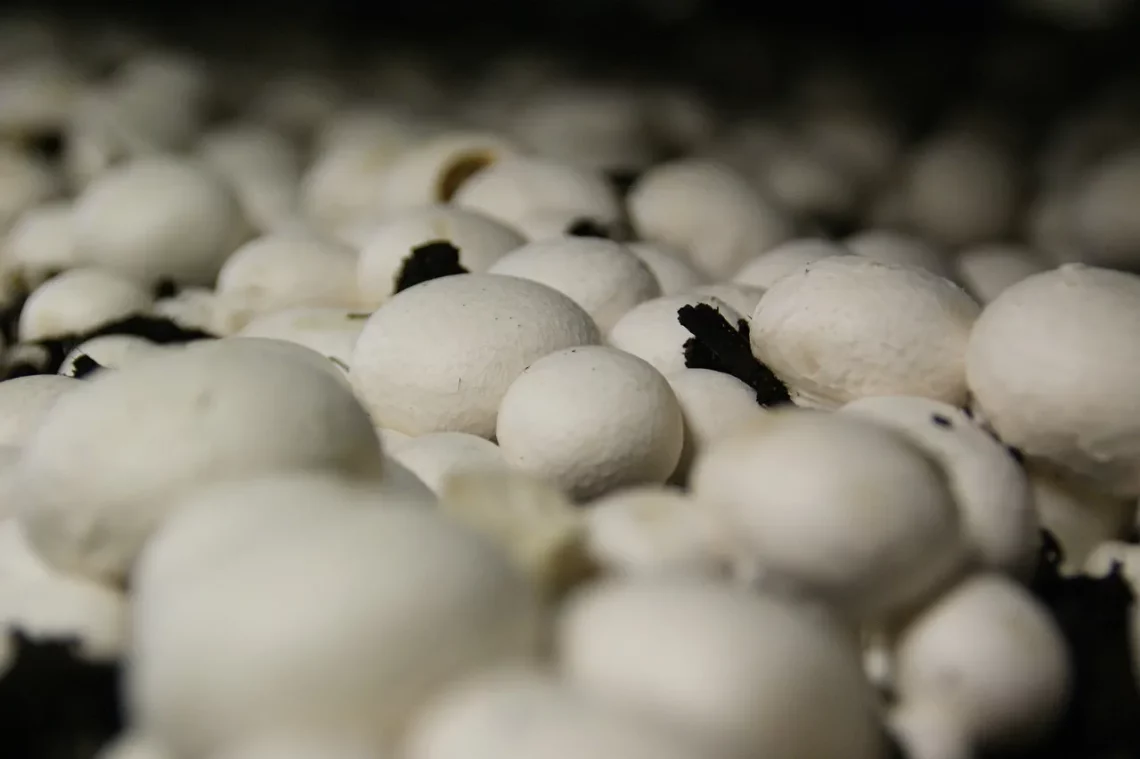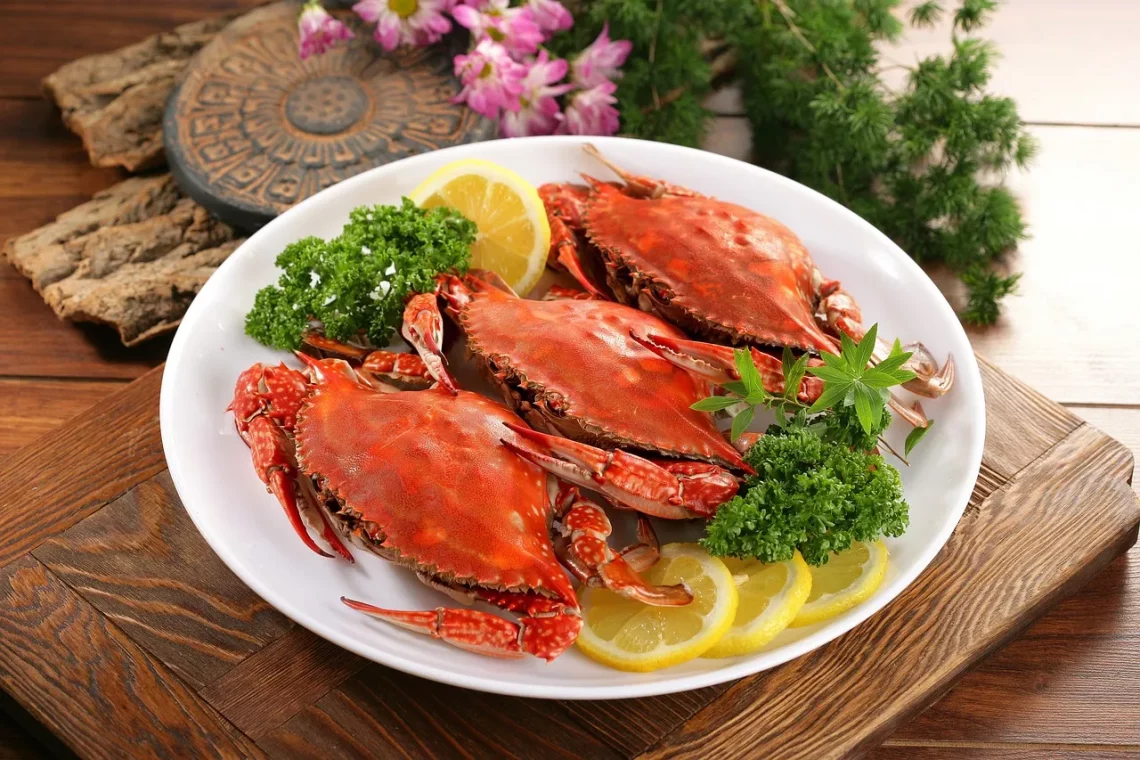-
How Long Can Fish Survive Without Food in Their Environment?
Fish are fascinating creatures that inhabit a diverse range of aquatic environments, from tranquil freshwater lakes to the vast, mysterious oceans. Understanding their biology and behavior is crucial for both enthusiasts and researchers. One of the key aspects of fish life is their feeding habits, which can vary widely across species. However, there may come a time when these creatures face food scarcity, whether due to environmental changes, overpopulation, or other factors. The ability of fish to endure periods without food is a topic that not only intrigues aquarists but also raises questions about their resilience and adaptability. Fish, like all living organisms, require energy to survive. This energy is…
-
Understanding Derphea: Insights into Its Unique Characteristics
Understanding Derphea: Insights into Its Unique Characteristics Derphea is an intriguing subject that has garnered attention in both scientific communities and among enthusiasts. This unique entity, often surrounded by a veil of curiosity, presents a complex interplay of characteristics that beckons further exploration. In recent years, discussions surrounding Derphea have intensified, with researchers delving into its distinct features, behaviors, and implications for broader biological understanding. Whether it’s its ecological role, genetic makeup, or behavioral patterns, Derphea stands as a testament to the diversity found in nature. As we navigate the intricate landscape of this fascinating subject, we uncover the layers that define Derphea. From its adaptive strategies to its interactions…
-
How Long Can a Hedgehog Survive Without Oxygen?
Hedgehogs are fascinating creatures that capture the imagination of many. Known for their spiny exterior and nocturnal habits, these small mammals have adapted to various environments throughout the world. As intriguing as they are, understanding their biology and behavior is crucial to their conservation and well-being. One of the lesser-known aspects of hedgehog biology is their oxygen requirements and how they cope with low oxygen conditions. In the wild, hedgehogs face numerous challenges, including predators, habitat loss, and changes in their environment. Among these challenges, oxygen supply is critical for their survival, especially in situations where they may find themselves in confined spaces or under stress. Investigating how long a…
-
The Fascinating World of Green Axolotls and Their Unique Traits
The captivating world of axolotls has gained immense popularity among pet enthusiasts and amphibian lovers alike. These extraordinary creatures, native to the lakes of Mexico, possess a myriad of unique characteristics that set them apart in the animal kingdom. Among the various color morphs of axolotls, the green axolotl stands out, not only for its vibrant hue but also for its intriguing biological traits. As a neotenic salamander, the axolotl retains its juvenile features throughout its life, making it a fascinating subject of study in evolutionary biology and regenerative medicine. The axolotl’s ability to regenerate lost body parts, such as limbs and even parts of its heart and brain, has…
-
Discovering the Fascinating World of the Pink Gecko
The pink gecko, an intriguing reptile known for its vibrant coloration and unique characteristics, captivates herpetologists and animal enthusiasts alike. These small, typically nocturnal creatures inhabit various regions, ranging from tropical forests to arid deserts. Their adaptability and striking appearance make them a subject of fascination in the world of reptiles. The pink gecko’s distinctive hue, which can range from soft pastels to vibrant shades, serves not only as a form of camouflage but also plays a role in social signaling and mating rituals. As we explore the captivating world of this enchanting lizard, we uncover insights into its habitat, behavior, and the ecological roles it plays within its environment.…
-
Understanding the Brown Recluse Spider and Its Presence in New Jersey
The brown recluse spider, often shrouded in mystery and fear, captures the attention of many who encounter it. This elusive creature, known for its distinctive appearance and venomous bite, has become a topic of concern in various regions, including New Jersey. The brown recluse is not just another spider; it embodies the complexities of nature, adapting to its environment while simultaneously evoking apprehension in those who cross its path. Understanding the behaviors, habitats, and potential dangers associated with the brown recluse spider is crucial for residents and visitors alike. As urban areas continue to expand and natural habitats intersect with human living spaces, interactions between humans and wildlife become more…
-
Understanding the Lifespan of Redfoot Tortoises in Captivity and the Wild
The lifespan of redfoot tortoises is a captivating topic for both enthusiasts and potential pet owners alike. Known for their vibrant shells and gentle demeanor, these tortoises have become increasingly popular as exotic pets. Understanding their lifespan is crucial for anyone considering adopting one, as it not only influences care practices but also highlights the commitment involved in tortoise ownership. In the wild, redfoot tortoises inhabit tropical forests and grasslands, where their natural behaviors and interactions with the environment shape their longevity. Captive environments, however, can vary greatly, impacting the health and lifespan of these creatures. Factors such as diet, habitat, social interactions, and veterinary care play significant roles in…
-
What Do Sand Stars Eat? Exploring Their Diet and Feeding Habits
Sand stars, also known as sand dollars, are fascinating echinoderms that inhabit the sandy ocean floors and are often found in shallow waters. These unique marine creatures belong to the class Echinoidea, which also includes sea urchins and sea cucumbers. With their distinct flat, disc-like shape and beautiful patterns on their exoskeletons, sand stars are not only intriguing to observe but also play an essential role in their ecosystem. These organisms are primarily known for their remarkable ability to blend into their surroundings, which aids in avoiding predators. Sand stars have an intriguing life cycle and exhibit unique feeding habits that are closely tied to their environment. Their diet primarily…
-
Choosing the Best Substrate for Your Ball Python Habitat
Creating a suitable habitat for your ball python is crucial for its well-being and longevity. The environment you provide can significantly impact your pet’s health, behavior, and overall happiness. One of the most critical components of this habitat is the substrate, which serves not only as the floor of the enclosure but also affects humidity levels, temperature regulation, and even the snake’s ability to burrow and explore. With various substrate options available, it’s vital for any ball python owner to understand the pros and cons of each. The right substrate not only enhances the aesthetic appeal of the enclosure but also aligns with the natural behaviors of these reptiles. Choosing…
-
What Can Hermit Crabs Eat? A Guide to Their Dietary Needs
Hermit crabs are fascinating creatures that have captured the hearts of many pet owners and marine enthusiasts alike. With their unique habit of residing in shells that they find, these crustaceans are not just charming pets but also require specific care to thrive in captivity. One of the most critical aspects of hermit crab care is their diet. Understanding what hermit crabs can eat is essential for their health and well-being. These creatures are omnivores, meaning they consume a variety of food types, including plant matter and protein sources. In the wild, their diet consists of algae, decaying plant material, and small invertebrates, which provide necessary nutrients. However, when kept…
